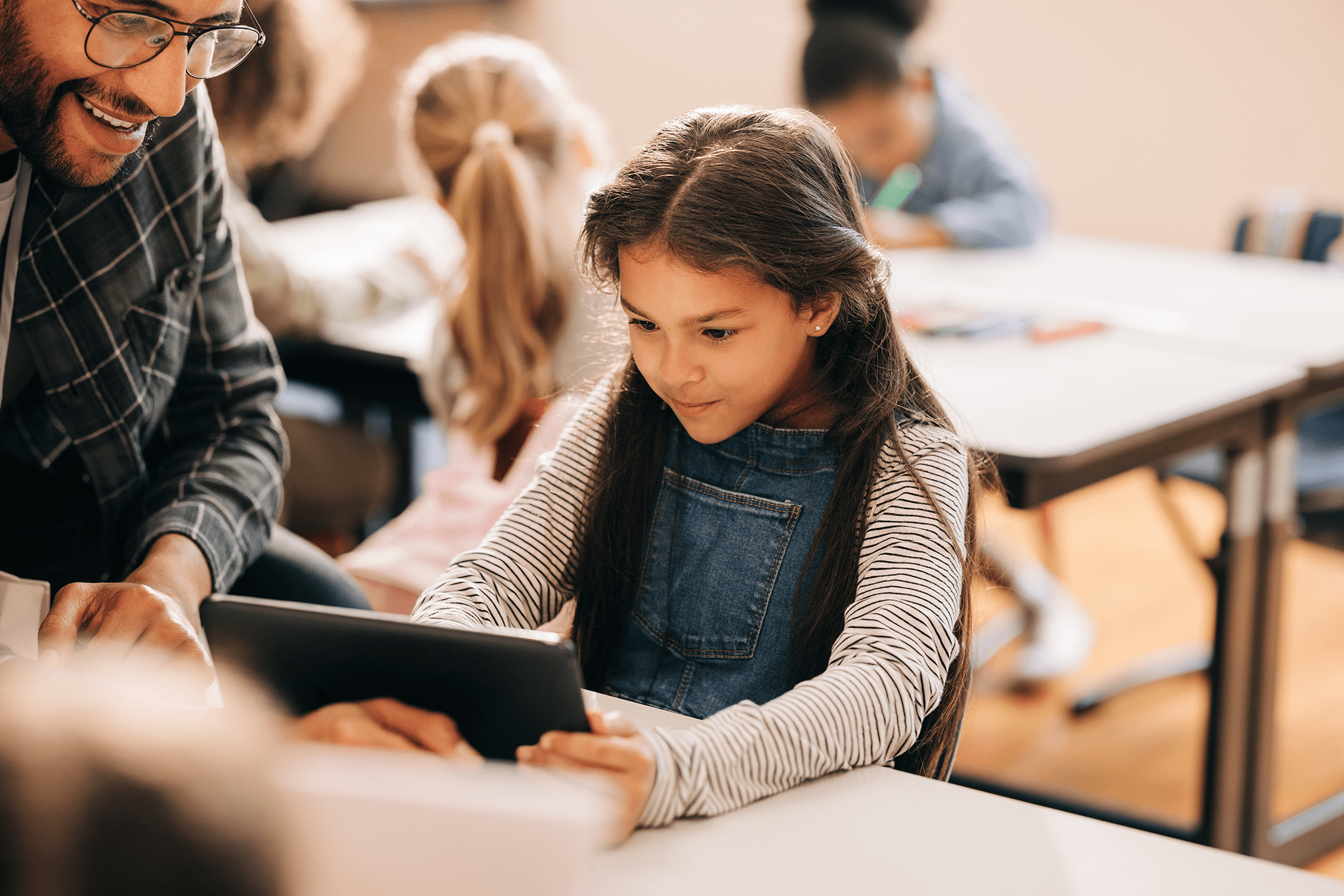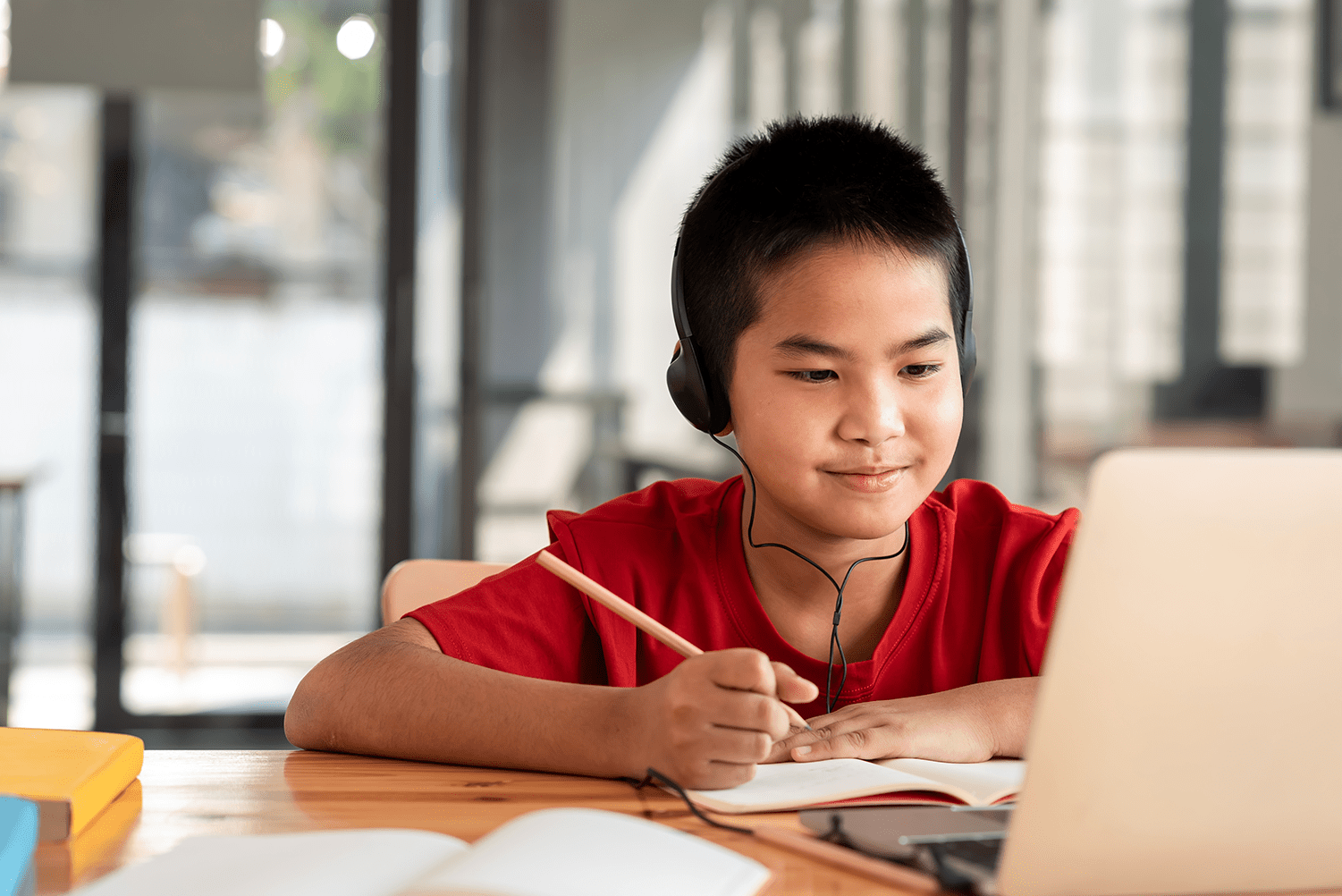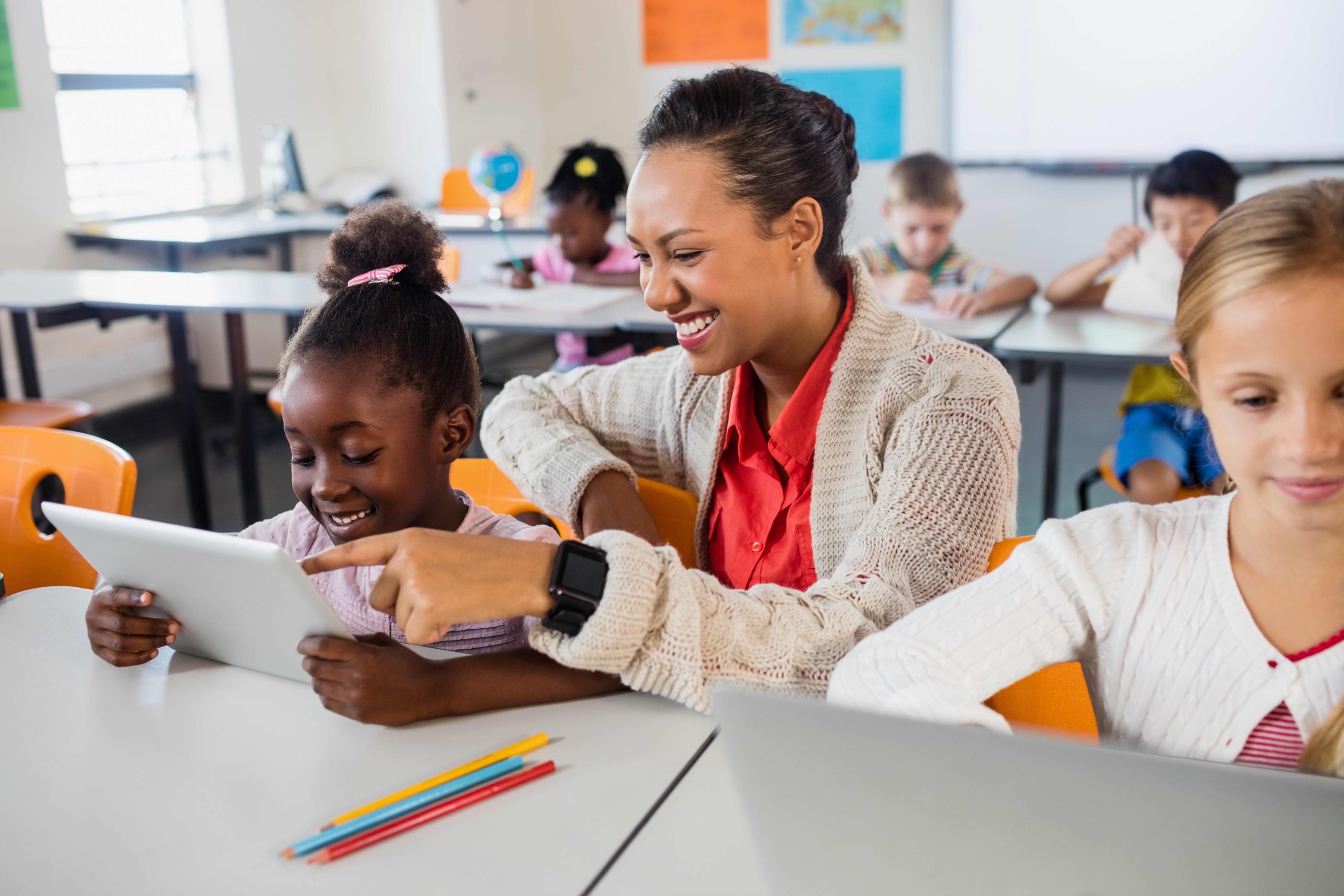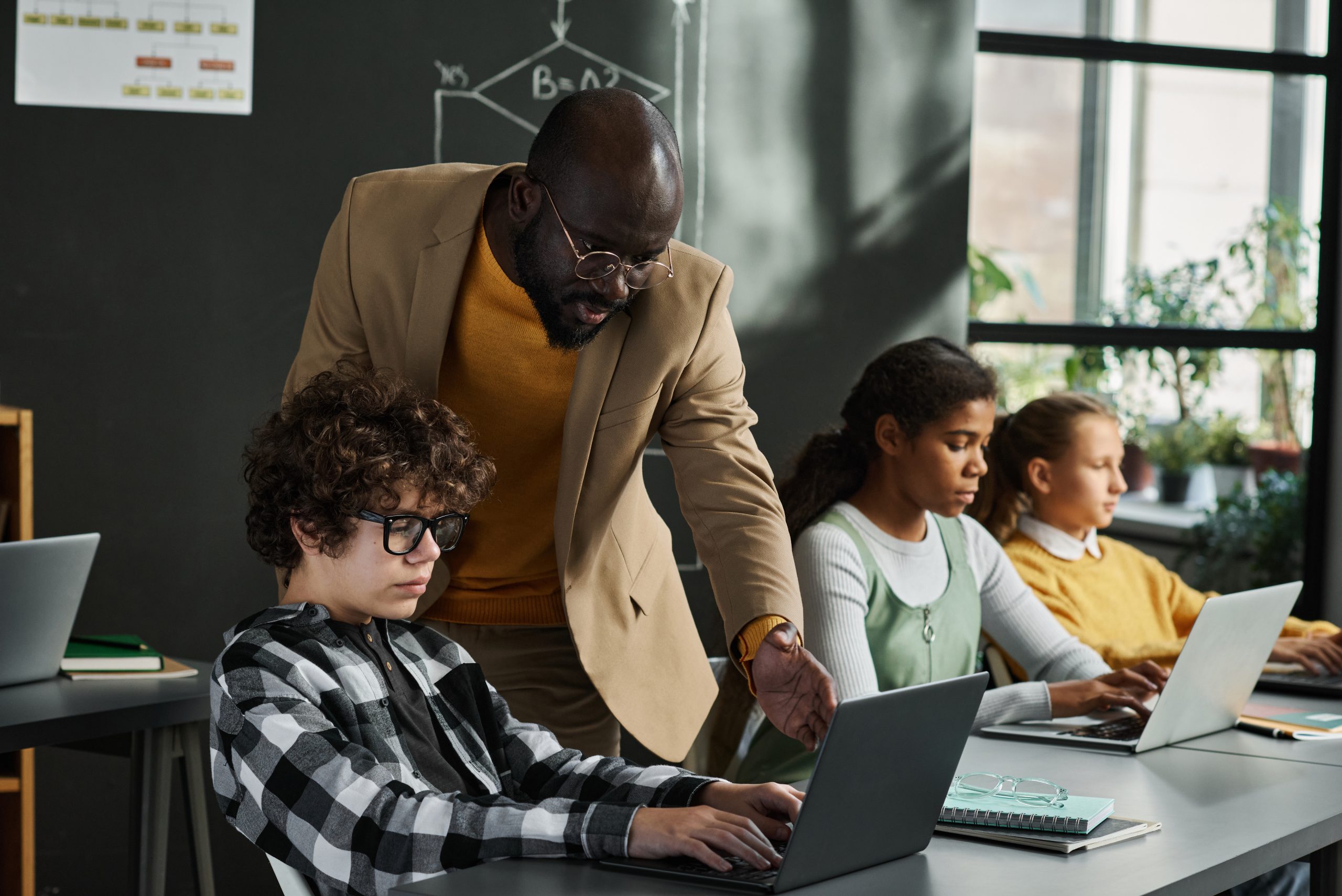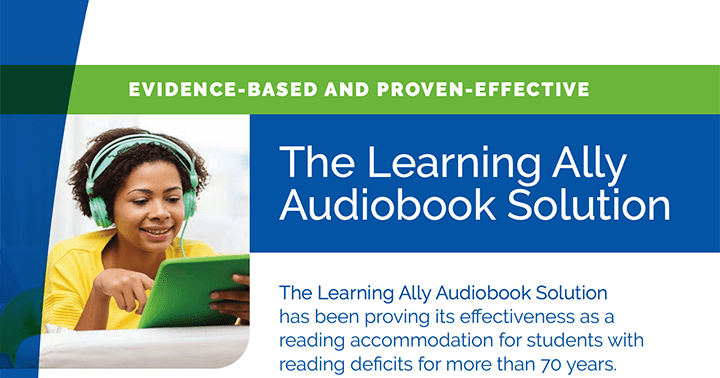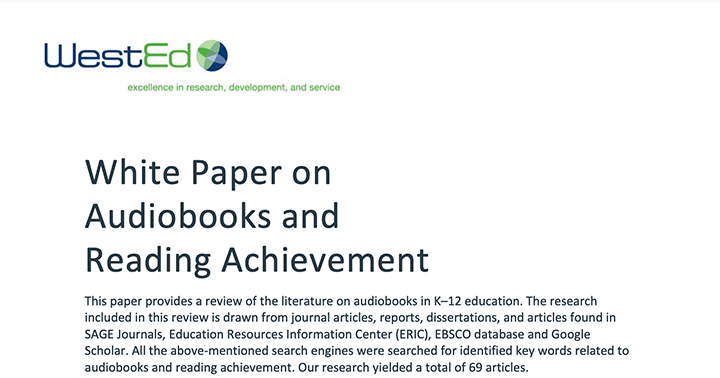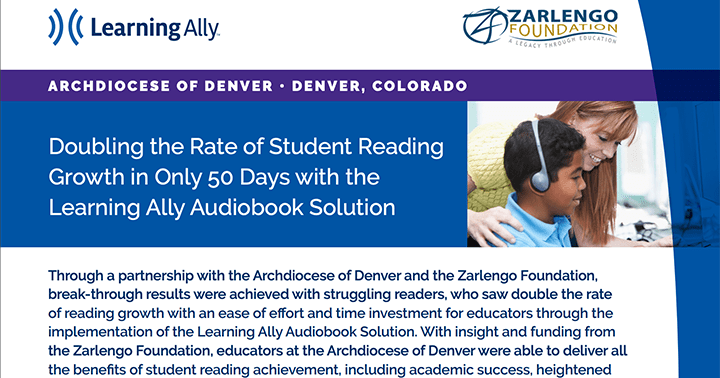75 Years of Helping Struggling Learners
Literacy is the foundation of learning, and all students should have equal opportunities to learn and succeed. At Learning Ally we help school systems and education leaders close the learning gap for students reading below grade level through evidence-based, interactive professional development, communities of practice and programs that span early assessment, intervention, accommodation, and research-based instruction.
